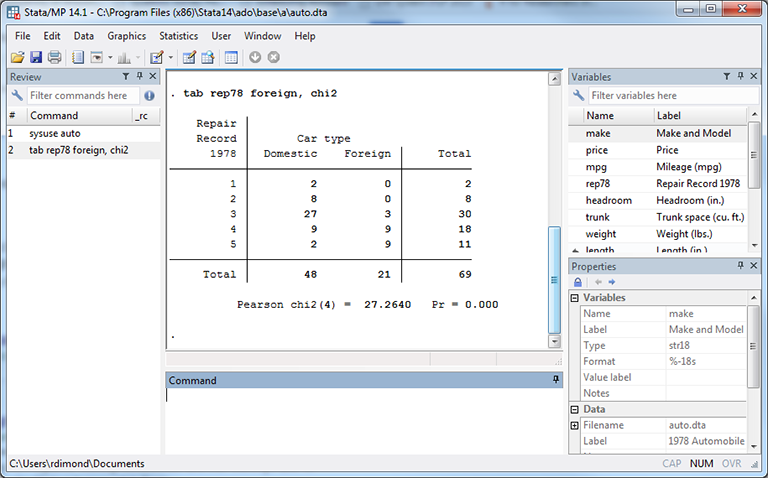
But I don't believe that should matter in this case because the silver/below shares are calculated at the region-year level and every observation for that region-year will have the same value for that variable. I created the silvtag variable (it's a tag variable flagging the first observation of region-year-regional silver/below share for that year so it would take less time to loop through all the data since it contains over 7 million observations.
#STATA LABEL DEFINE CODE#
My code is foreach l of numlist 2014/2019/`l'silver_lower_hhi - new.pdf", replace However, the graph that's produced doesn't have the gray shaded region repping the confidence interval. I used lfitci because I want the confidence interval to show on the graph. Engaging and accessible to students from a wide variety of mathematical backgrounds, Statistics Using Stata combines the.do label define havelab label.

Watch the video explanation about Introduction to Stata - Generating variables using the generate, replace, and label commands Online.
#STATA LABEL DEFINE HOW TO#
I'm trying to make a plot in Stata that shows both the scatter and line of best fit x=regional hospital HHI, y = share of people enrolled in silver or below insurance plans. Here you may to know how to generate variables in stata. !\ I do not want the sum of IDs, I want to count the number of individual IDs cited for each obs and store that value in a final variable.

transform the string into numeric entries.

You have to tell us what type of label you’re trying to drop, a variable label or a value label. Problem is, the IDs of any individual's friends have been coded in a single string. We ask each to give the name of their friends in the group, which is coded by the ID of the friend. I have a dataset of individuals in a certain group.


 0 kommentar(er)
0 kommentar(er)
